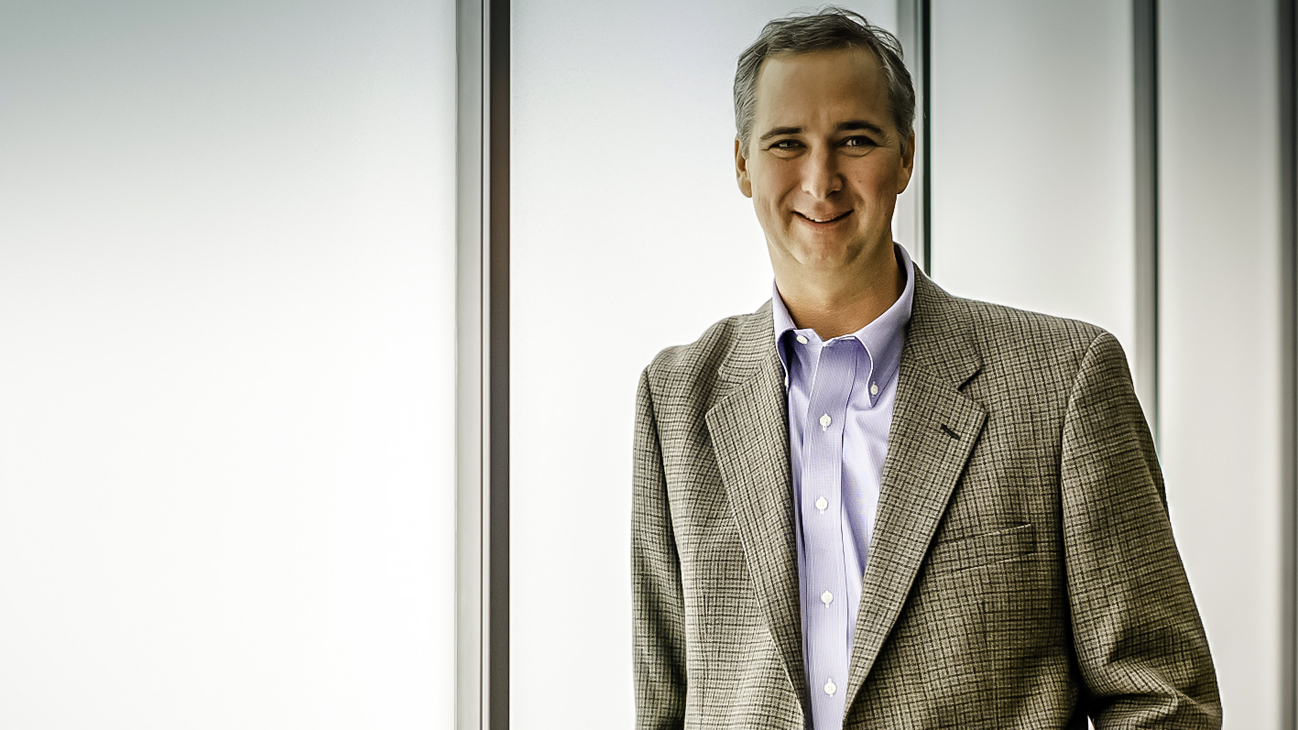Cameron Herold is known around the world as “The Business Growth Guru”, who is the mastermind behind hundreds of companies’ exponential growth, helping to guide his clients to double their profit and double their revenue in just three years or less. With current clients that include a “Big 4” wireless carrier, and even the monarchy, Cameron speaks not from theory, but from experience, providing tactical and tangible lessons for all audiences, and was called “the best speaker I’ve ever heard”, by Rich Karlgaaard, publisher of Forbes magazine. In this interview below with Inc. magazine, Cameron talks about his concept of “Vivid Visions”:
As an entrepreneur, I’ve found the topic of Vivid Visions, which Cameron Herold talks about in his acclaimed book Double Double, to be quite powerful. After all, it addresses why people don’t get things done when they’re trying to get things done, and why they might think that they’re doing a lot to accomplish their long-term objectives but in reality they’re not.
Herold believes you can’t align teams by talking about just today, nor can you align them by talking about 20 years out. You can, however, align your employees, customers, and suppliers if you lean out a little bit into the future, about three years out, and then orchestrate how to make that future an actuality. In some ways, it is very similar to building a home: you can visualize what the home needs to look like, and then the contractor and architect can develop the blueprints to make the dream a reality. That’s how Herold describes his concept of Vivid Visions.
Most companies assume that a mission statement or a vision statement is getting all your employees in a room, putting all your favorite words up on a whiteboard, voting on your favorite words, and then taking the six or seven most popular words, mashing them up into one or two sentences, and calling that your mission statement. Then you say, “go team!” and get back to work.
The reality, Herold says, is that this approach doesn’t align anybody. A Vivid Vision, however, is quite different. It takes advantage of the fact that most founders and CEO tend to have a movie playing in their minds of how their company looks three years from now. He or she can talk about what the customers are saying, what the media is saying, how the employees feel, and what the energy is like in each department. If the leader was able to describe what he or she sees, it would make it easier for all of their employees to see it and feel it as well.
If the leader can help everyone see what he or she sees, everyone in their organization would be just as intuitive as they are, which would be a huge step in terms of corporate alignment.
Of course, the negative thing is that you could have a leader who fleshes out their Vivid Vision, and you might have some employees who look at it and say, “hmm. I don’t know if that’s exactly what I agree with.” Nevertheless, Herold believes that the leader needs to decide where the organization is going and what it looks like, and needs to say, “who’s with me?” He advises against watering it down, and turning it a big “kumbaya group hug.”
“About 15% of your people are going to go, ‘I don’t really like what the future holds in store.’,” he says. For that minority, it’s probably the right time for them to leave. Herold believes it’s important to bring in more employees, customers, and suppliers who love where the organization is headed, because they’ll all want to help you get there.
Herold learned this lesson about 30 years ago, when his family was going away on vacation. They were going to Mexico and Herold’s younger brother, who was 19 at the time, didn’t want to go. Herold’s father said, “You know what? If you don’t want to come, that’s cool. You can stay at home with your friends. We’ll put you up with your friend’s family for the week.” Herold’s brother stayed behind, but the reality is the rest of the family had such a good vacation because the brother wasn’t there. If we’d tried to bring him, there’s a good chance he would have been negative throughout the entire week.
The lesson learned: By not bringing the naysayers, everyone else is allowed to accelerate, and Herold thinks that’s what most companies need to do better and it’s what the truly great, fast-growing companies are doing: they have everyone aligned. Everyone sees where the organization is headed, and everyone is committed to the core values. These are the foundational building blocks of a successful company, and most companies don’t have them.
It’s clear to see that Vivid Visions are working for quite a few companies: Entrepreneur rated the top large company cultures, and the number one company in the large company category is Elite SEM, a client that Herold has coached for three year. Herold had Founder & CEO Ben Kirshner plan three years out. “Our three years is up,” says Kirshner, “and we’re actually blowing past a lot of the goals we set for ourselves in our original Vivid Vision.”

